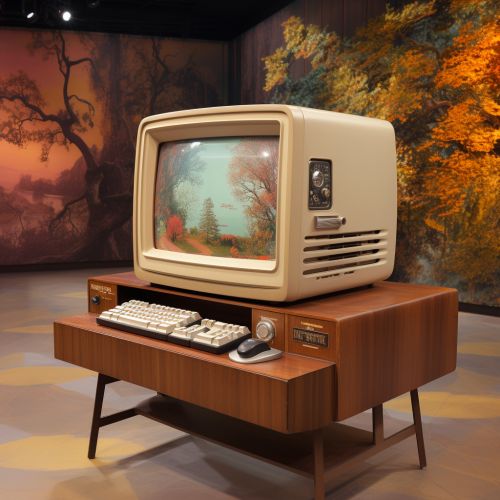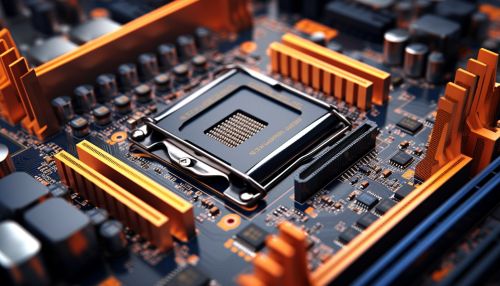Forth (programming language)
Origins and Evolution
The inception of the Forth programming language traces back to the 1960s, when it was conceived by Charles H. Moore, an American computer scientist. Moore's motivation behind creating Forth was the need for a more efficient programming language that could be effectively utilized on the mini-computers of that era, which were constrained by limited memory and processing power. The nomenclature "Forth" is derived from the fact that it was the fourth version of the language that Moore was working on. Originally, it was intended to be denoted as "4th", but the operating system he was utilizing at that time only supported filenames with a maximum of five characters


.
Design Principles
The Forth programming language is distinguished by its unique design principles, which underscore simplicity, directness, and adaptability. Contrary to many other programming languages, Forth does not adhere to a fixed syntax. Instead, it employs a stack-based, postfix notation that empowers programmers to define their own control structures and data types. This feature renders Forth highly extensible and adaptable, although it can pose challenges for beginners in terms of comprehension and learning.
Architecture and Syntax
Programs in Forth are constructed from a sequence of "words", which essentially function as commands or functions. Words are executed in the sequence they are presented, and they can be defined by the programmer to execute any operation. The fundamental syntax of Forth involves pushing values onto a stack, followed by performing operations on those values. For instance, the Forth code "2 3 + ." would push the numbers 2 and 3 onto the stack, add them together, and then display the result.
Use Cases
Forth has been employed in a diverse array of applications, spanning from embedded systems and real-time control systems to games and educational software. One of its most prominent uses was in the Open Firmware system utilized by Sun Microsystems and Apple Inc. in their computer hardware. Open Firmware, which was scripted in Forth, was employed to initialize the hardware and boot the operating system


.
Pros and Cons
Forth offers several advantages as a programming language. Its simplicity and adaptability make it a potent tool for seasoned programmers, and its minimal memory footprint makes it ideal for use in embedded systems. However, Forth also has some drawbacks. Its unconventional syntax can pose learning difficulties, and its lack of standardization can result in compatibility issues among different implementations.
Present Status and Future Prospects
Despite its age, Forth is still in active use today, and it continues to enjoy the support of a committed community of users and developers. There are several contemporary implementations of Forth, such as Gforth and SwiftForth, which introduce features like object-oriented programming and compatibility with modern operating systems. The future trajectory of Forth is uncertain, but it is likely to continue to find use in niche applications where its unique features offer an advantage


.
